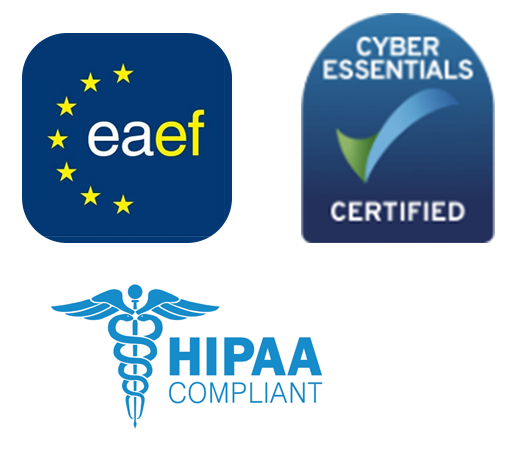
As the digital ecosystem grows increasingly interconnected, safeguarding online users’ safety and privacy has become a critical global issue. Governments worldwide are addressing these challenges through comprehensive regulatory frameworks aimed at promoting safer and more transparent online environments. One notable and transformative legislative effort is the European Union’s Digital Services Act (DSA), which sets new benchmarks for accountability and online safety.
The Digital Services Act: A New Era in Governance
Implemented in November 2022, the Digital Services Act (DSA) marks a significant evolution in how online platforms are regulated within the EU. Designed to enhance transparency, bolster user protections, and combat the proliferation of illegal content, the DSA categorizes large online platforms with over 45 million EU users as “Very Large Online Platforms” (VLOPs).
The key directives of the DSA are:
- Content Moderation Requirements: Platforms are mandated to establish robust mechanisms for swiftly detecting and removing unlawful content.
- Algorithmic Transparency: Companies must reveal how their algorithms rank and recommend content to users.
- Annual Independent Audits: VLOPs must undergo yearly audits to verify adherence to DSA regulations.
- User Control Tools: Enhanced tools must be available for users to report harmful content and better understand moderation outcomes.
By instituting these guidelines, the DSA aims to balance the imperative of user safety with the preservation of free expression.
Implications for Companies and Platforms
Regulatory reforms are not confined to Europe. Countries such as the United States and Australia are crafting parallel frameworks. The United Kingdom’s Online Safety Bill, for example, imposes strict obligations on platforms to shield users from harm, with an emphasis on protecting children from online abuse.
The transparency mandates of the DSA have also catalyzed global discourse on ethical artificial intelligence use. Firms are revisiting their recommendation systems to avoid unintentional amplification of harmful or misleading content, driving demand for more interpretable AI models that clarify content prioritization for users.
Navigating Challenges and Seizing Opportunities
Compliance with these new safety requirements is not without hurdles. The European Commission estimates that the annual cost for VLOPs to meet DSA standards could range from €20 million to €100 million, depending on the platform’s size and operational complexity. For smaller entities, resource allocation for technology upgrades and audits can be especially challenging.
Nonetheless, these regulations also offer fertile ground for innovation. AI-powered moderation systems, sophisticated analytics to identify harmful behavior, and user-first privacy solutions are among the areas poised for growth. Companies that proactively adopt these measures can build greater user trust, an increasingly important factor in securing customer loyalty and competitive advantage.
Research by Accenture highlights that 57% of consumers are more inclined to trust a brand that actively works to enhance online safety. Businesses that prioritize transparency and user protection have the potential to stand out in a highly competitive market.
A Worldwide Momentum for Digital Safety
Outside the EU, other nations are embracing more stringent digital safety laws:
- Australia’s Online Safety Act: Introduced in 2021, this legislation empowers the eSafety Commissioner to demand the removal of harmful content, including cyberbullying and image-based abuse.
- The United States’ EARN IT Act: Seeks to increase accountability for tech companies hosting child sexual abuse material but has faced scrutiny for potential implications on encryption and privacy.
Asian countries are also strengthening their regulatory frameworks. South Korea’s Information and Communications Network Act enforces rapid content removal, while India’s Intermediary Guidelines and Digital Media Ethics Code mandate proactive moderation to curb harmful content.
Broader Impacts of Evolving Regulations
The proliferation of digital safety laws signifies a fundamental shift in how technology companies act as stewards of public discourse. Although these policies aim to reduce harmful content, they raise complex questions about freedom of expression and regulatory overreach. Striking the right balance between these priorities remains a sensitive and ongoing effort.
Cross-border enforcement is another emerging challenge. The global nature of the internet blurs jurisdictional lines, requiring companies to navigate a fragmented regulatory landscape with differing definitions and thresholds for harmful content.
Conclusion
Heightened regulatory scrutiny is reshaping the digital world, compelling platforms to prioritize transparency and user safety. While compliance introduces obstacles, it also spurs technological advancements that can ultimately lead to a safer internet for all. The Digital Services Act exemplifises the transformative potential of thoughtful regulation, setting a precedent likely to influence future legislation. Companies that embrace these shifts not only mitigate risk but position themselves as frontrunners in an increasingly trust-oriented digital economy.
